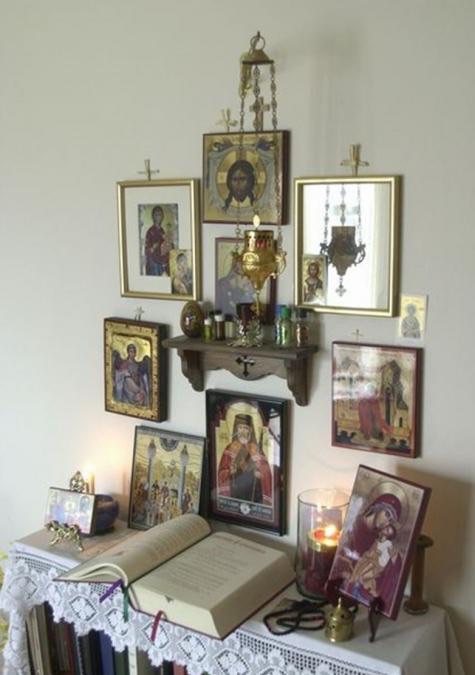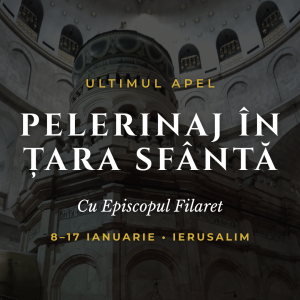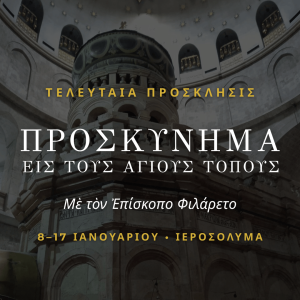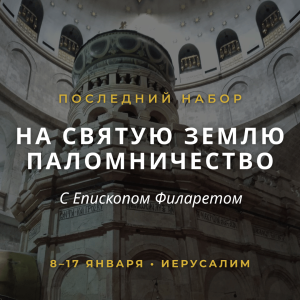The Role of Icons in Orthodox Piety

Icons play a central role in Orthodox Christian worship, serving as both a visual representation of the divine and a focal point for prayer and contemplation. Here are some key aspects of their significance:
1. Theology and Symbolism:
Icons are considered windows to the divine, offering a glimpse into the heavenly realm. They are not merely artistic depictions but are believed to be imbued with the presence of the holy figures they represent. This theological concept is rooted in the Incarnation, the belief that God became visible in the person of Jesus Christ, thereby sanctifying the material world.
2. Liturgical Use:
During Orthodox worship services, icons are venerated through various gestures, such as bowing, kissing, and crossing oneself. They are integral to the liturgical environment, with specific icons placed in prominent positions, such as the iconostasis, a screen separating the nave from the sanctuary, adorned with icons of Christ, the Theotokos (Mother of God), and various saints.
3. Prayer and Meditation:
Icons serve as aids for prayer and meditation. Believers often focus on an icon while praying, seeking to connect more deeply with the divine. The imagery and symbolism in icons are designed to elevate the mind and heart towards spiritual contemplation and communion with God.
4. Didactic Function:
Icons also have an educational role, teaching the faithful about the lives of saints, biblical events, and theological truths. Through visual narratives, they convey complex religious concepts in an accessible and immediate way.
5. Tradition and Continuity:
The use of icons is deeply rooted in Orthodox tradition, reflecting continuity with the early Church. Iconography follows strict canons and stylistic conventions that have been passed down through generations, preserving theological integrity and communal identity.
6. Personal and Communal Devotion:
In addition to their role in public worship, icons are central to personal devotion. Many Orthodox Christians have home icon corners where they pray daily, integrating the spiritual presence of icons into their everyday lives.
7. Artistic and Cultural Significance:
Beyond their religious functions, icons are esteemed for their artistic and cultural value. They represent a rich heritage of Byzantine and Eastern Christian art, characterized by distinctive styles, techniques, and symbolism.
8. Theological Controversies:
The veneration of icons has not been without controversy. The Iconoclastic Controversy in the 8th and 9th centuries, which involved debates over the legitimacy of icon veneration, was a significant event in Church history. The resolution of this controversy at the Second Council of Nicaea in 787 affirmed the theological importance of icons in Orthodox worship.
In summary, icons in Orthodox worship are multifaceted, serving as theological symbols, liturgical tools, prayer aids, educational resources, and expressions of tradition and artistic heritage. They are indispensable to the spiritual life and practice of Orthodox Christians, embodying a profound connection between the material and the divine.
9. Those who Accuse the Orthodox of Idolatry:
In Orthodox theology, the veneration of icons is distinguished clearly from idolatry through the teachings of the Church Fathers, particularly St. John of Damascus. St. John, in his seminal work “On the Divine Images,” argues that the use of icons is not idolatry because the honor given to the image passes to its prototype. He explains that Christians do not worship the wood or paint of the icon, but rather venerate the person depicted. Idolatry, on the other hand, involves worshipping the material object itself as a god. St. John emphasizes the Incarnation of Christ as the cornerstone of the legitimacy of icons; since God became man in Jesus Christ, the invisible became visible and thus representable. By taking on human nature and becoming visible, Christ sanctified all matter, making it a fitting medium through which the divine can be depicted and contemplated. Icons, therefore, are a testament to the reality of the Incarnation and a means to direct the faithful’s mind and heart towards God. Moreover, the Seventh Ecumenical Council, also known as the Second Council of Nicaea in 787 AD, affirmed this understanding, decreeing that the veneration of icons is orthodox and that the reverence shown to icons is directed to the persons they represent, not to the materials from which they are made. St. John’s teachings underscore that through icons, the Church honors the saints and Christ, facilitating a deeper connection to the divine without confusing veneration with worship, thus preserving the fundamental Christian distinction between the Creator and creation.







